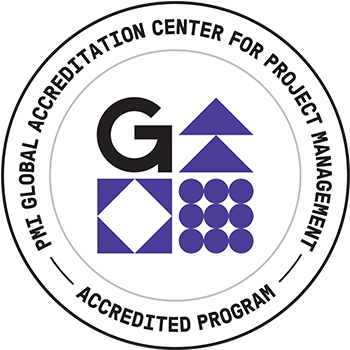
 Presentation: Project Risk Management: The Context, Tools and Their Application with Real World Examples
Presentation: Project Risk Management: The Context, Tools and Their Application with Real World Examples
Abstract: Risks are inherent in construction projects. In fact, in a study examining 258 transportation projects throughout North America, Europe and Asia over a period of 70 years, nine out of ten projects experienced cost overruns. Findings from a separate study showed that the projects that suffered cost overruns had also experienced schedule overruns. If nine out of ten projects suffer cost overruns, the implication is that the traditional way of allocating a standard contingency in the project budget to address the risks and uncertainty is quite inadequate.
In response, recent trend is that an increasing number of federal agencies such as Federal Highway Administration (FHWA), Federal Transit Administration (FTA) and Government Accountability Office (GAO) have either mandated or encouraged the use of quantitative risk assessment to determine the cost and schedule contingency in the planning phase, and implementation of project risk management programs during the design and construction phase to monitor, control and mitigate risks on an on-going basis. By implementing risk management techniques, owners have seen tangible and significant cost and time savings. In this presentation, we will:
- Introduce the fundamentals of project risk management and the multiple qualitative and quantitative techniques available to a project team to manage risks effectively, and
- Review the process of quantitative risk analysis – implemented at both planning and construction phases – to determine cost and time contingency requirements, with real world examples from some of the large-scale federal projects in the area.
PMI Talent Triangle Skill: Technical Project Management
Biography: Ms. Mintz has more than 24 years of experience providing a wide range of construction management/program management and claims analysis services including construction inspection and monitoring, cost estimating, CPM scheduling, and delay analysis and evaluation. Her impressive list of projects includes transit, highway, bridge, building, plant, and other heavy construction.
She is frequently called upon by government entities and private sector clients to analyze what went wrong during the construction process on projects both large and small. She possesses specialized experience in geotechnical engineering to include evaluation, testing, design, and rehabilitation of pavements; development of pavement management programs for roadway networks; and soils testing and analysis. Ms. Mintz also serves as the Project Executive, on behalf of the owner, for a large federal project in Washington, D.C., where she has been employing the project risk management tools discussed in this presentation.

